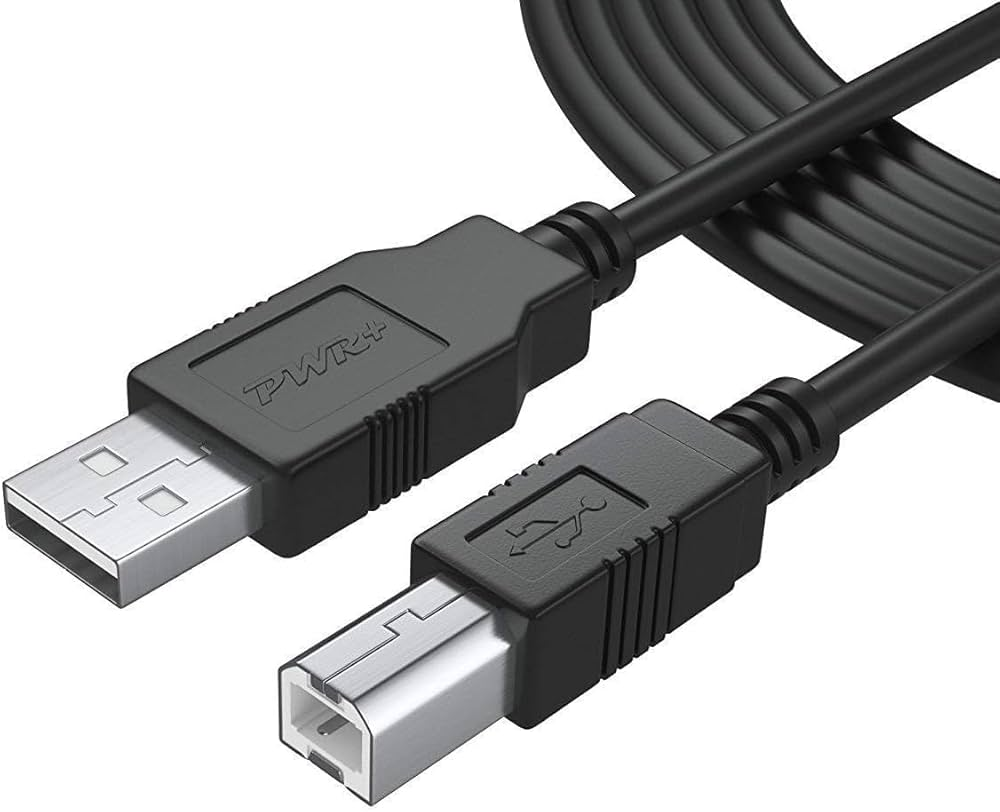- When a device connected to host is in suspend mode, the specification limits the current draw to <= 2.5mA. In suspend state, host is not actively communicating with the device. This is a USB power saving scheme and device suspend state is automatically triggered after 3 ms of no activity on the USB. the wake up time from this suspend mode must be <= 10 ms.
Imagine a USB mouse:
-
When idle for several minutes, the host stops polling it.
- The mouse enters suspend mode, drawing only ~500 µA.
- When you move the mouse, it sends a remote wake up signal.
- Host resumes communication, and the mouse returns to active mode.
- When no device is connected to host, the current must be 0mA which is understood as this is open state
- Current consumption of the device can be 100mA when the device is in active state and not configured yet by host. Devices must default to ≤100 mA when first plugged in.
- As per USB2.0 specification, the maximum current draw from host is 500mA.
The above rules apply to a data port and these days fast charging is the norm. Users want the device to be charged at a super speed. So, when no data is involved and it is only charging, the maximum current can go up to 1.5A.
Overall, for a standard USB2.0, power output can be as high as 2.5watts (5V*500mA). For charging, power output can be as high as 7.5watts (5V*1.5A).





0 Comments